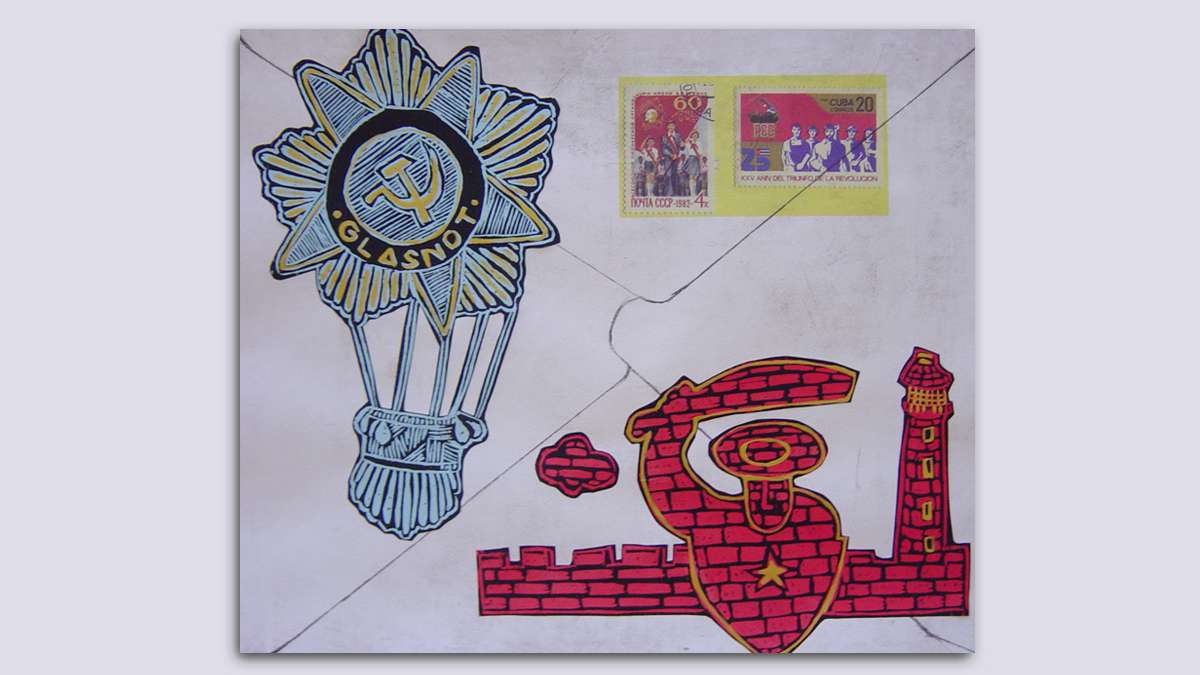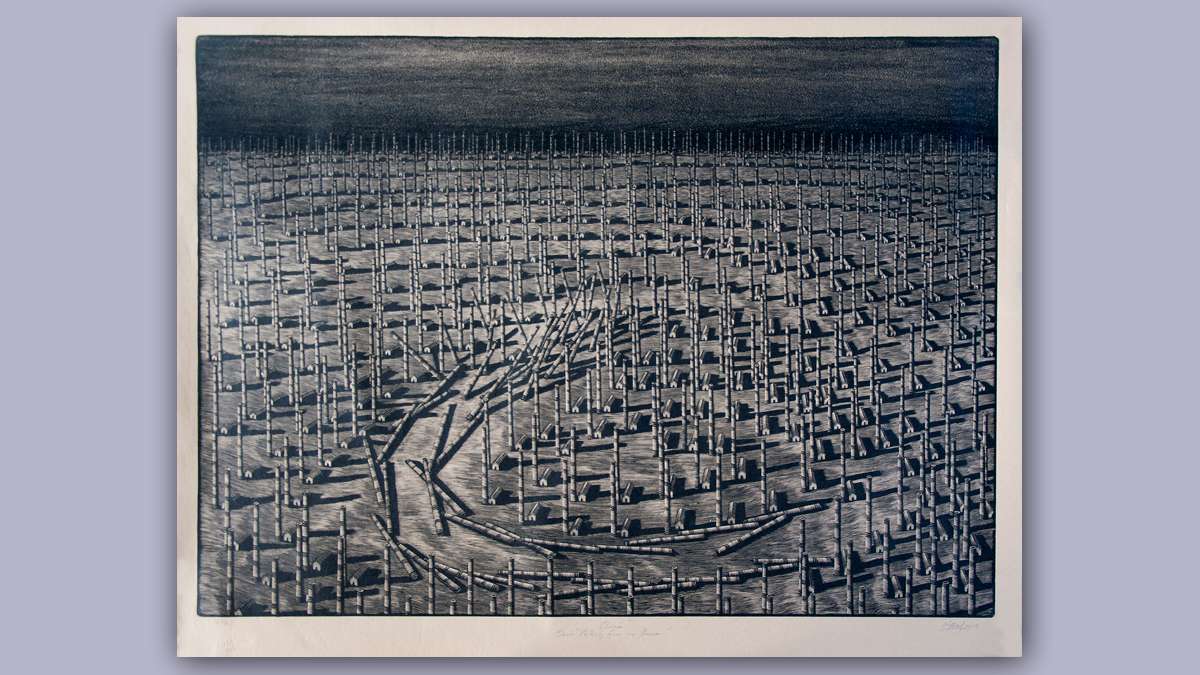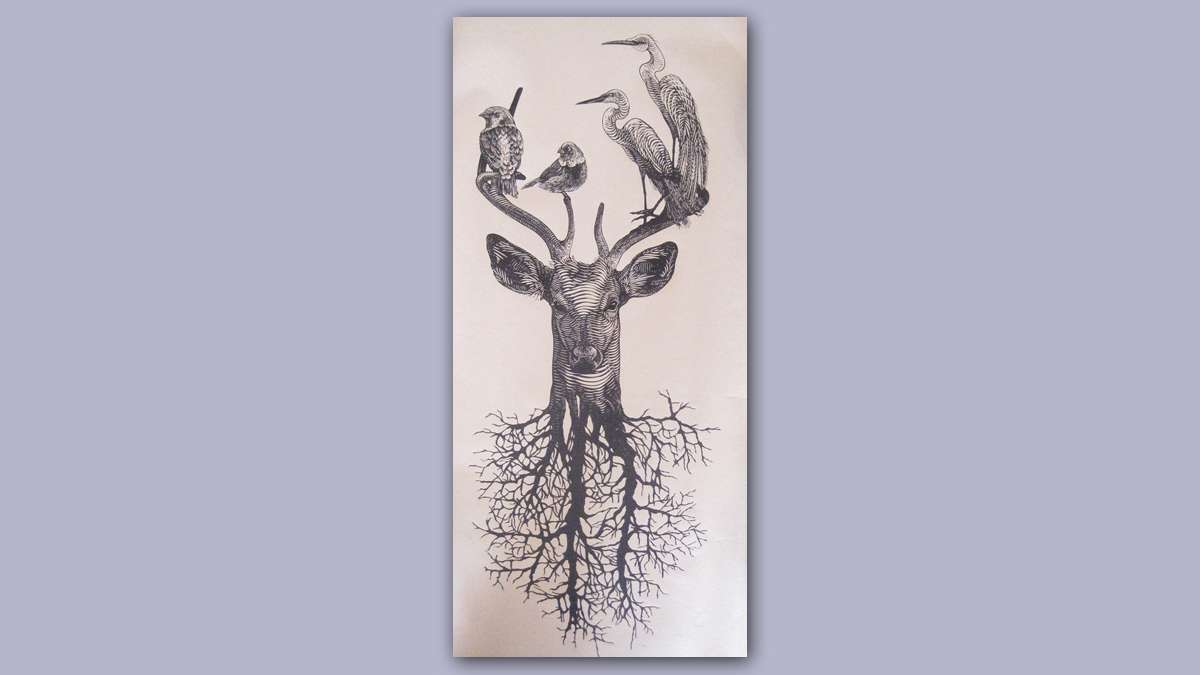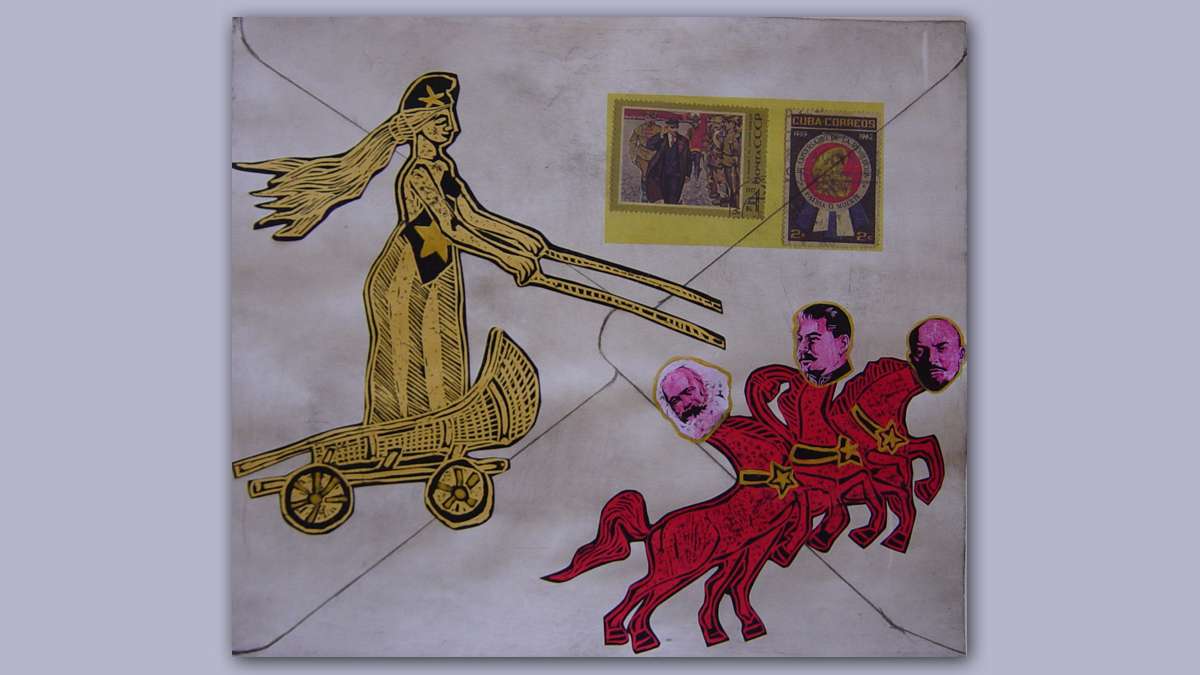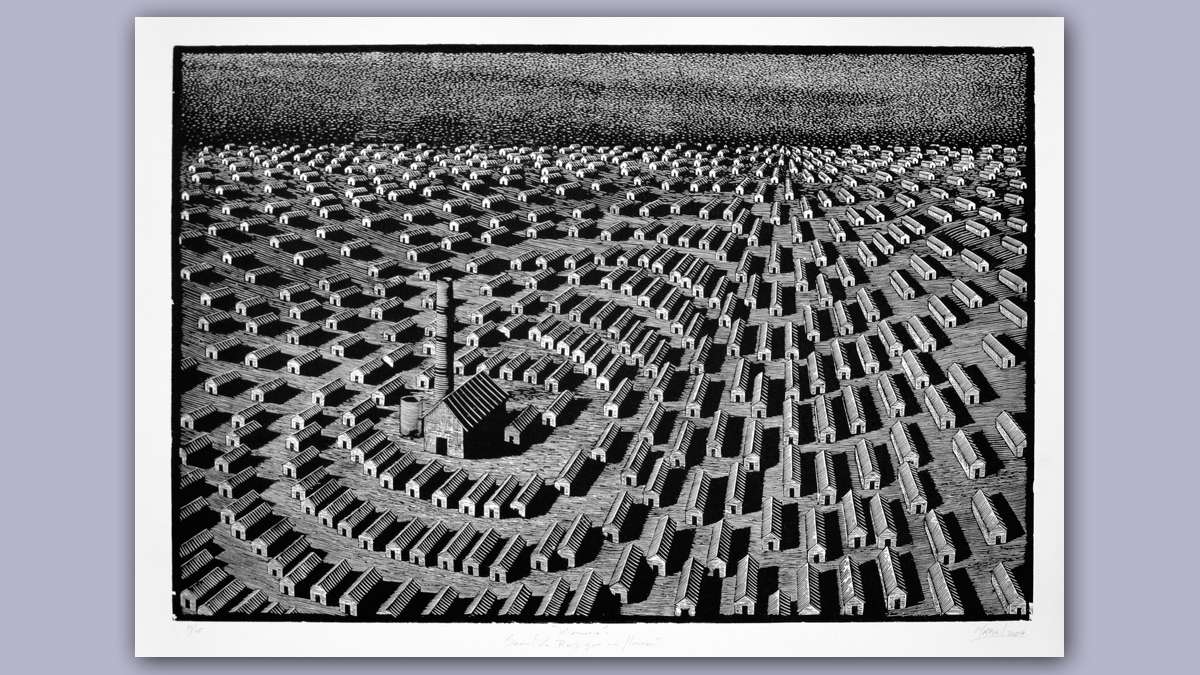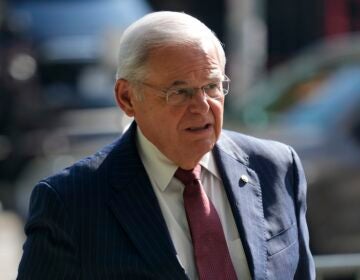Despite decades of isolation Cuban art reflects modern trends
Amid crumbling marble ruins and vintage American automobiles, the last thing Harry Naar expected to see in Cuba were the spacious, light-filled and well-outfitted studios of artists. And in a society that is pretty much cut off from the rest of the world, Naar, a professor of fine arts at Rider University, was surprised and delighted to discover that artists were producing contemporary work that is very much influenced by the international art world. “The artwork we saw included traditional realistic images, invented abstraction, computer art and, to our surprise, political images, satire and social commentary,” remarked Naar. “I knew I needed to figure out a way to exhibit some of this artwork. It was an exceptional artistic and cross cultural opportunity.”
Printmaking in Cuba Today, on view at the Gallery at Rider University through March 1, is a sampling of the work seen by Naar, who directs the gallery.
As travelers gear up to go to Cuba in the wake of President Obama loosening the economic embargo, it is expected that the island nation will change. To meet the needs of tourists, it is anticipated, American-style fast food restaurants and hotel chains will spring up. But Naar and his wife, Barbara, were fortunate to see the country and its art community in 2013.
Ostensibly, the Naars went to Cuba for the International Jazz Festival. When they arrived in Havana, “It was like a movie set, with old American cars from the ’50s and crazy looking cars built by Russians called Ladas. We saw incredibly beautiful marble buildings, Russian-built cement block buildings with no architectural interest. Everything was in need of a facelift.”
They found the people to be warm and outgoing. “A lot of them hitchhike,” says Naar. Even doctors hitchhike, they observed. “The buses don’t run well, they are always breaking down. We also saw horse-drawn carts.”
Their Havana hotel was cooled by old fans and was “grandiose but shabby, not maintained,” says Barbara, who speaks Spanish fluently. Before becoming an attorney she was a language educator, and served as translator for Harry, both in their travels and putting together the exhibition. The hotel “was perfectly adequate and had charm.”
Though tempted, the Naars did not hitchhike. When not driven in a bus, they hired a 1950s car. “It reminded me of my youth, but the motors had been replaced,” says Naar. “Nothing works inside, the roll windows don’t roll, and things are coming out from the seats.”
During free time from the festival, Barbara and Harry indulged their passion for looking at art. At the government-owned Center for the Development of Visual Art they met Marilyn Sampera Rosado, the curator. “Marilyn gave us a personal tour and informed us there were lots of artists we could visit and offered to take us around. So for two wonderful days we hired a vintage car and Marilyn, with her keen eye, expertise and wide-ranging contacts, took us to meet Cuban artists in their work spaces,” Naar recounts.
Studios were neat and well organized, and artists were businesslike, with printed cards and electronic presentations of their artwork.
“We saw 15 or 20 artists,” says Naar. “Some were living in homes with studios, one had a huge studio in a marble building that was once fantastic but crumbling — he was renovating it. He was a sculptor and ceramicist and had a 12-piece place setting with a picture of Castro in a variety of sexual positions, screwing Cuba. I wondered, ‘Can he get away with this?’ We saw a lot of uncensored satire and political commentary in the artwork.”
Naar observed “A lot of the artists are doing quite well. Some artists just out of school seemed advanced in techniques, politically savvy, commercially aware and very entrepreneurial.”
Of the artists the Naars visited, one had created a landscape with a bridge that became three-dimensional when viewed through 3-D goggles. “Another artist was using stamps with political statements to create a structure of buildings. A young woman was making images of buildings from meticulously hand-cut paper, showing the crumbling environment.
Naar says he is unaware of whether artists moving into a neighborhood in Cuba makes it upscale, as in parts of the U.S., but “artists are inventive and figure out how to make a go of it in a run-down space.”
“Printmaking: Cuba Today” is at the Rider University Art Gallery, Rider University, Lawrence, N.J., Feb. 5-March 1. Gallery talk Feb. 12, 7 p.m.
______________________________________________
The Artful Blogger is written by Ilene Dube and offers a look inside the art world of the greater Princeton area. Ilene Dube is an award-winning arts writer and editor, as well as an artist, curator and activist for the arts.
WHYY is your source for fact-based, in-depth journalism and information. As a nonprofit organization, we rely on financial support from readers like you. Please give today.


